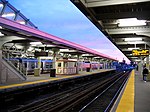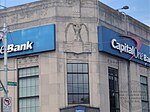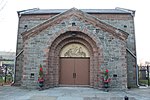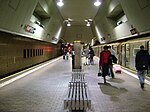Shooting of Sean Bell
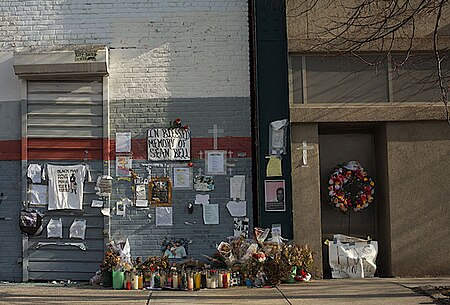
Sean Bell was shot and killed in New York City, while unarmed, by police officers in the borough of Queens on November 25, 2006. Three men were shot when a total of 50 rounds were fired by New York City police (NYPD) in both plainclothes and undercover. Bell was killed on the morning before his wedding, and two of his friends, Trent Benefield and Joseph Guzman, were severely wounded. The incident sparked fierce criticism of the New York City Police Department from members of the public and drew comparisons to the 1999 killing of Amadou Diallo. Three of the five detectives involved in the shooting went to trial on charges of first- and second-degree manslaughter, first- and second-degree assault, and second-degree reckless endangerment; they were found not guilty.
Excerpt from the Wikipedia article Shooting of Sean Bell (License: CC BY-SA 3.0, Authors, Images).Shooting of Sean Bell
94th Avenue, New York Queens
Geographical coordinates (GPS) Address Nearby Places Show on map
Geographical coordinates (GPS)
| Latitude | Longitude |
|---|---|
| N 40.6996 ° | E -73.8048 ° |
Address
94th Avenue 148-12
11435 New York, Queens
New York, United States
Open on Google Maps
